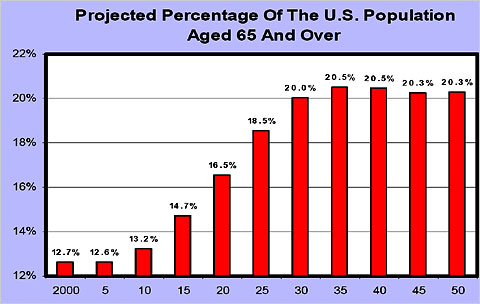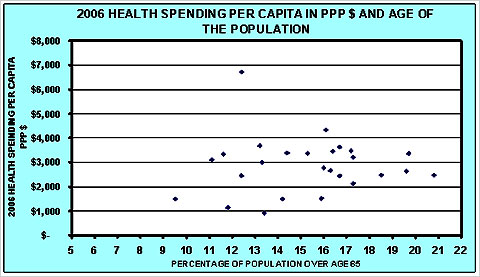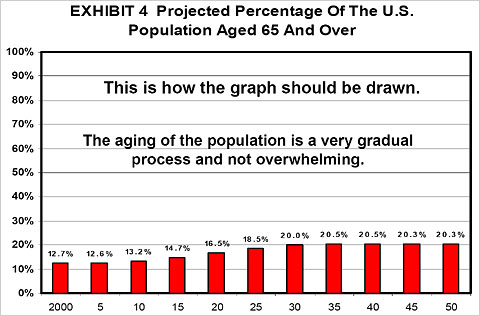By DANIELLE J. KOLIN
The Crimson
Contributing Writer
12/5/2008
Americans who lack health insurance are about 20 times more likely to donate a liver or kidney than to receive one, according to a new study by researchers at Harvard Medical School.
The findings, published in the latest issue of the International Journal of Health Services, show that 17 percent of organ donors did not have health insurance in 2003, while only 0.8 percent of organ recipients were uninsured.
“It’s a way of highlighting how unfair what goes on in our health care system is,” said Medical School Professor David U. Himmelstein, one of the study’s authors. “It’s immoral what we’re doing. Everybody should have insurance.”
The lead author of the study, Andrew A. Herring, was a third-year student at the Medical School when he treated a 25-year-old uninsured day laborer suffering from cardiomyopathy. When the patient died from lack of a heart transplant, Herring was inspired to explore the role of insurance coverage in whether or not a patient can receive an organ.
“People donate irrespective of their insurance,” said Herring, who is now doing a residency in emergency medicine in Oakland, Calif. “They donate from an altruistic sense of wanting to help someone else. Out of respect for that motive, the health care system needs to reflect the same altruism, which means allocation of organs irrespective of ability to pay.”
The authors made their conclusions by analyzing data from the 2003 National Inpatient Sample, a random representative sample of hospital stays.
The doctors emphasized that the discrepancy between organs received by the uninsured and the insured does not reflect the “values or intentions of the transplant community.”
“The vast majority of transplant surgeons want to give organs to those who get the greatest benefit from them, but the system around them is failing them,” Herring said.
According to the study, the discrepancy is due to the expensive post-surgical care required after organ transplantation. For successful organ transplantation, the patient must undergo long-term immunosuppressive therapy. If the patient is unable to pay–and uninsured patients seldom are–the transplantation is less likely to succeed.
Himmelstein and the paper’s third author, Medical School Professor Stephanie J. Woolhandler, are the co-founders of Physicians for a National Health Program, an organization dedicated to supporting a universal, single-payer national health system.
“My hope is that papers like this are part of a growing consensus that a universal health care system is necessary,” Herring said.
Himmelstein said that the study represents additional evidence to support such a health care system, and he criticized President-elect Barack Obama’s health insurance reform proposals for not going far enough because it continues to rely on private health insurance companies.
“Unfortunately, what’s being proposed by President-elect Obama and the leading Democrats is very disappointing,” Himmelstein said. “We know that it won’t work.”
Programs similar to the Democratic proposal have been tried at least five times previously at the state level, Himmelstein said, and have always failed.
“It makes good politics but it’s economically nonsensical to say we’ll rely on the private health insurance industry,” Himmelstein said.







